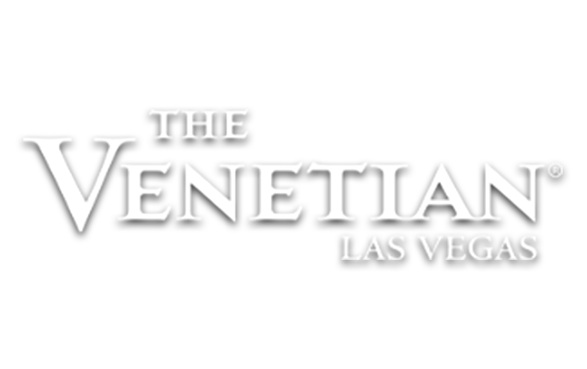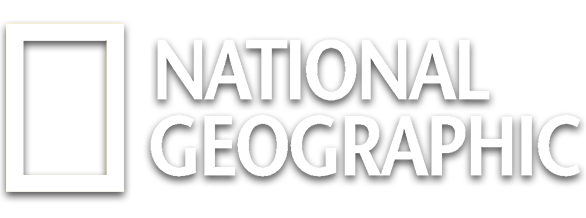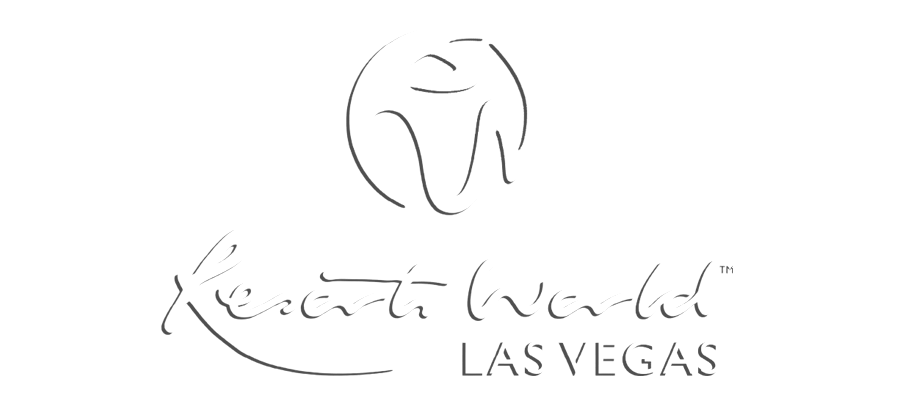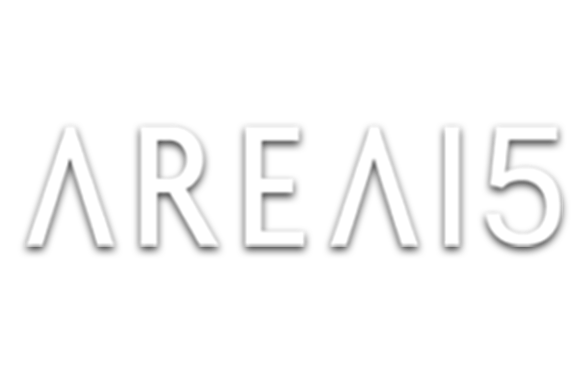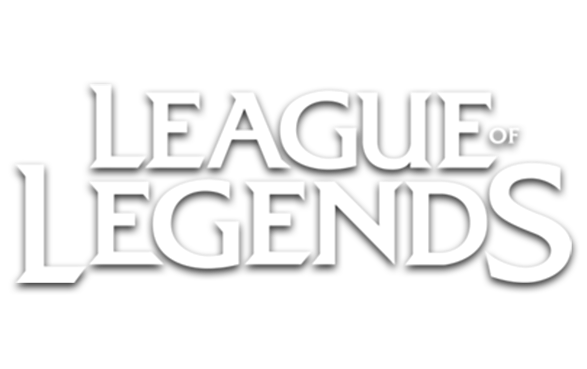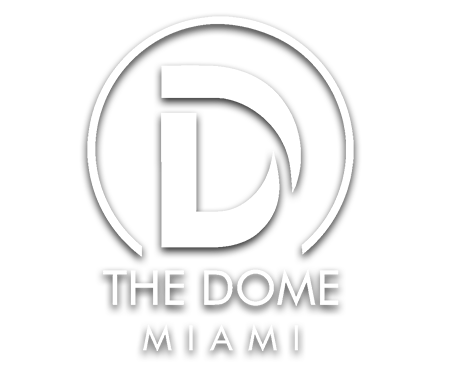In the evolving world of live experiences, the visual medium is no longer just a backdrop; it is the story. Whether for a concert, immersive art show, brand activation, or architectural spectacular, the visual technology you choose defines the emotional and aesthetic language of the event. Two of the most powerful tools in this arena are projection mapping and LED walls. Each can be breathtaking when executed correctly, but they operate on entirely different principles. Understanding when and how to use them and when to combine them is essential for anyone designing world-class visual experiences.
This blog explores the mechanics, creative potential, and strategic decision-making behind projection mapping and LED walls. It will unpack their strengths, weaknesses, and the hybrid frontier where both converge to create unforgettable moments.
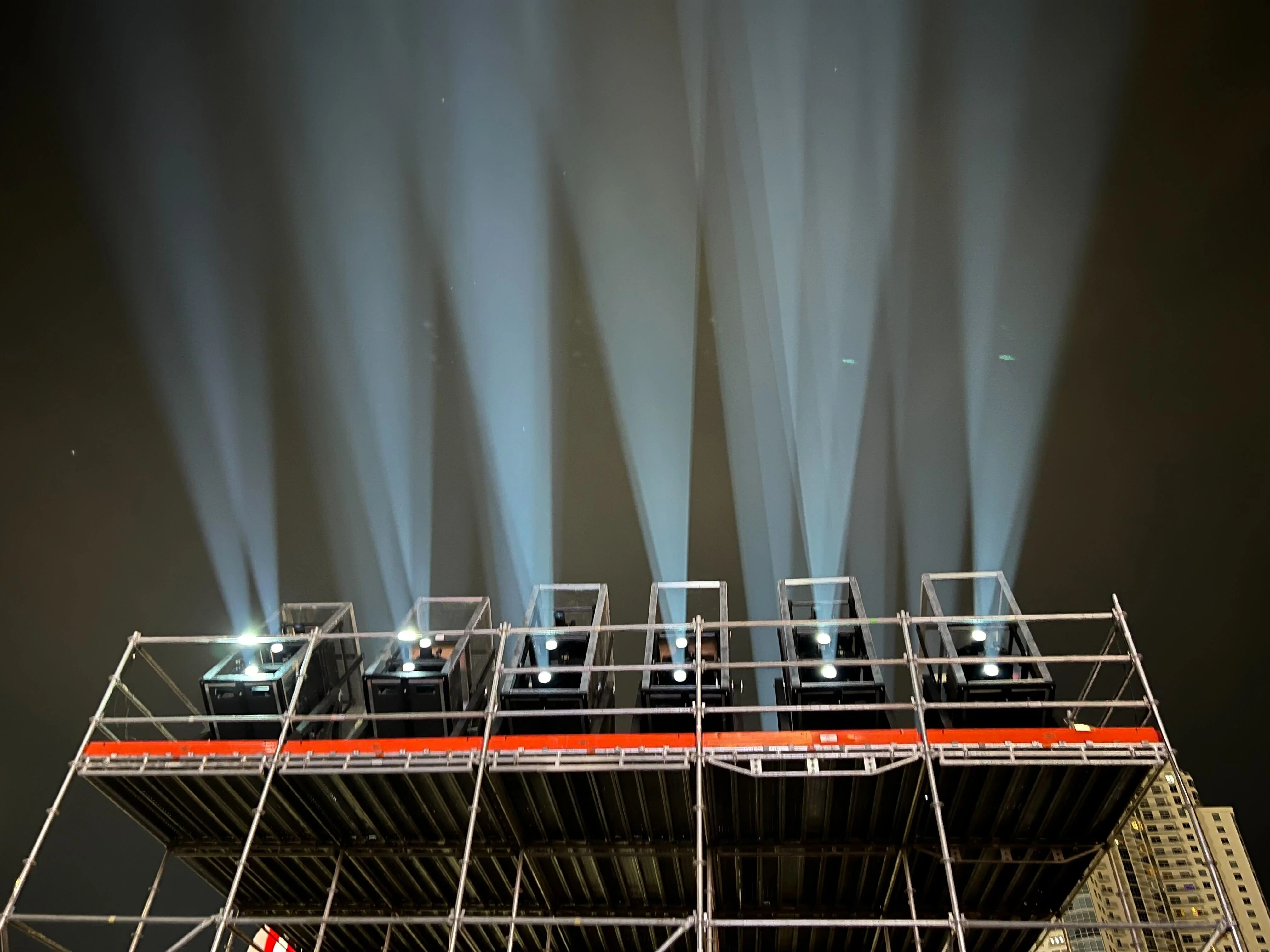
1. Understanding the Technologies
Projection Mapping: Painting with Light
Projection mapping, also known as spatial augmented reality or just augmented reality, is the art of transforming real-world surfaces into dynamic displays. Instead of projecting onto a traditional flat screen, imagery is mapped onto architecture, sculptures, or even moving performers. Specialized software warps and blends the video so that every pixel lands exactly on the intended surface, no matter how irregular. The result is stunning: creatine illusions, buildings seem to bend, statues come alive, and rooms breathe with color and movement. Projection mapping transforms the physical environment into part of the content itself, a seamless fusion of art and structure.
Behind the scenes, a projection-mapped installation requires meticulous preparation. Technicians develop, create, and capture 3D models of the space using photogrammetry or LiDAR scans. Designers and creatives then develop visuals that match the geometry of the real surface. Often in real time for the extra wow factor. During installations, projectors are positioned and calibrated to align precisely with the contours of the structure. For large-scale shows, dozens of projectors may overlap or stack, requiring edge blending and brightness balancing to ensure a smooth, unified image.
The magic of projection mapping lies in its illusion of transformation. Audiences perceive motion and depth not as an overlay but as a metamorphosis of the object itself: a cathedral dissolving into stars, a car rippling into liquid light, a dome transforming into a swirling galaxy, etc.
LED Walls: Power Through Pixels
LED walls, by contrast, are self-illuminated displays made of modular panels filled with tiny light-emitting diodes. These panels snap together to create seamless digital surfaces of any size or shape. Unlike projection, which relies on reflecting light off a surface, LEDs emit their own light, delivering stunning brightness even in full daylight. LED technology has revolutionized live production because of its clarity, reliability, and adaptability. With pixel pitches as fine as 0.9 millimeters, LED walls can deliver true 4K or 8K resolution across massive canvases. For concerts, trade shows, or outdoor spectacles where brightness and legibility are critical, LED walls are the gold standard.
They also scale beautifully. A creative team can design a visual system once, then rebuild it identically anywhere in the world by assembling the same LED modules and feeding them from a media server. This modularity makes LED walls perfect for touring productions and repeat installations.
However, LED systems come with their own considerations. They’re heavy, power-hungry, and expensive per square foot. Curved or custom shapes are possible but can be very expensive, require complex framing, and specialized panels. While they excel at presenting sharp, bright visuals, they lack the subtlety and mystery that projection mapping can evoke.
Where projection turns the real world into a dream, LED displays turn it into a digital stage.
2. Comparing Strengths and Weaknesses
To understand which technology suits which purpose, it helps to examine their comparative characteristics.
Brightness and Visibility
Brightness is where LED walls dominate. A high-end LED display can reach over 10,000 nits bright enough to compete with direct sunlight. Projection, by contrast, is limited by physics: it depends on reflected light. Even a 50,000-lumen projector will struggle outdoors during the day. There is just no way to outshine the sun.
For daytime festivals, trade shows, and sports events, LED wins unequivocally. For nighttime environments, enclosed spaces, or theatrical contexts, projection mapping becomes far more viable, cost effective, and often more magical.
Surface and Geometry
Projection mapping’s greatest strength is flexibility. Any surface, a curved wall, an uneven sculpture, a building facade, can become a screen. The more unusual the shape, the more visually striking the result. LED walls, however, are inherently modular and typically flat. Curved LED setups exist, but they’re costly and mechanically limited. However the technology is improving at an unprecedented exponential rate.
If your event involves complex architecture, immersive domes, or sculptural installations, projection mapping is the creative weapon of choice. If you need flat, uniform canvases for live video, graphics, or branded messaging, LED walls are unbeatable.
Color, Contrast, and Image Quality
LEDs produce true black by turning pixels off entirely, which gives them stunning contrast ratios and vibrant colors. Projectors, even the best laser models, can’t achieve absolute black; they always emit some light, reducing contrast. There is only one projection known to produce a true black, it is the Velvet Zeiss projectors with a separate black color chip only designed for shining black.
Projection, however, has a softer, more cinematic quality. It allows for gradients, blending, and the ethereal feel that’s difficult to replicate with LED. LED visuals tend to feel immediate and digital; projection feels painterly and alive.
Setup Time and Technical Complexity
LED walls are modular plug-and-play systems. Once rigged and cabled, they display video instantly with minimal calibration. Projection mapping, conversely, demands precise alignment, warping, blending, and color correction. A complex mapping setup might require days of setup and testing. For tight production schedules, LED walls are faster. For high-concept creative work, projection mapping rewards the investment in time with richer, more immersive storytelling.
Cost, Power, and Logistics
Cost depends heavily on scale and duration. Renting or purchasing high-brightness projectors can be expensive, especially if multiple units are needed for large surfaces. Yet LED walls are not cheap either; the finer the pixel pitch, the higher the cost. In power consumption, projectors are generally more efficient per square meter than LED walls, but LED walls require fewer environmental controls. Projectors need ventilation, precise mounting, and protection from dust and weather. LEDs, especially outdoor-rated models, are rugged and durable.
From a logistical standpoint, LED walls are heavier and require more structural support. Projection gear is lighter, but alignment and long throw distances can require physical space and precise positioning.
<
3. Creative and Experiential Differences
The most important distinction between these technologies isn’t technical; it's philosophical. Each medium creates a different emotional experience. Projection mapping dissolves the boundary between digital and physical. It manipulates light to alter the audience’s perception of reality itself. The surface remains, but it appears to move, morph, or vanish. It’s illusionary and immersive, perfect for storytelling, art, and emotional resonance.
LED walls celebrate the digital surface itself. They are not about hiding the technology but showcasing it as a literal stage of light and motion. They communicate power, precision, and energy. This makes them ideal for high-impact commercial or entertainment settings: concerts, corporate keynotes, product launches, and broadcast environments. Projection invites wonder. LED demands attention. The most visionary productions understand how to combine both feelings of awe and clarity in one experience.
4. Use Cases: Where Each Excels
Projection Mapping Works Best When:
- You can control ambient lighting (nighttime or enclosed environments)
- Surfaces are complex, architectural, or sculptural
- The goal is transformation and emotion rather than information
- Setup time is available for calibration and testing
- You’re designing immersive environments like domes or art exhibits
Examples include:
- Architectural projection shows on landmarks and historical buildings
- Temporary brand activations
- Dome-based immersive art experiences
- Museum exhibits and theatrical storytelling
- Experiential pop-ups where surfaces and spaces become part of the narrative
LED Walls Work Best When:
- Brightness and clarity are top priorities
- The environment includes daylight or uncontrolled lighting
- You need to display live video, text, or logos
- You want durability, modularity, and repeatable setup
- You’re designing stages or trade-show booths
Examples include:
- Music festivals and touring concerts
- Corporate keynotes and conferences
- Sports and esports arenas
- Outdoor advertising and brand installations
Hybrid Solutions
The most powerful approach often blends the two. For instance:
- A stage could use LED walls for the main video feed and projection mapping for scenic surfaces and environmental effects.
- A dome might feature projection on ceilings and LED on the stage for crisp focal content.
- A building facade could integrate LED panels into windows for dynamic brightness during daylight, with projection taking over after sunset.
In this hybrid world, projection mapping provides artistry and atmosphere, while LED walls deliver clarity and control.
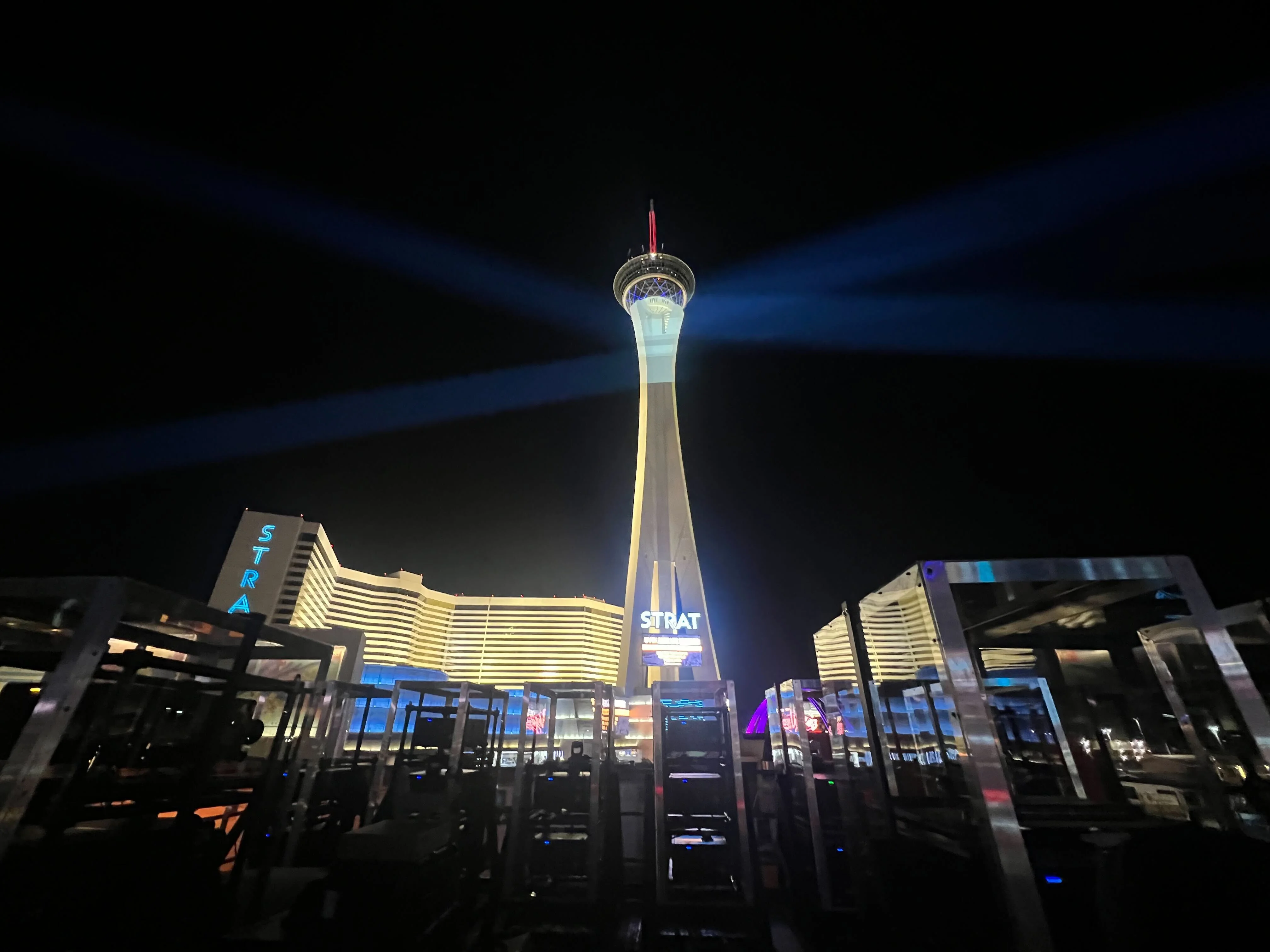
5. Case Studies: Real-World Scenarios
Case 1: Architectural Projection Show
A city commissions a public light show on a historic cathedral. The goal: tell a story of heritage using motion and music. The facade has ornate details, arches, and statues. LED walls would be impractical mounting panels would obscure the architecture. Projection mapping, however, celebrates it. By scanning the building, designers can animate its exact geometry. The windows can glow, the walls ripple like water, and sculptures appear to move. Here, projection mapping wins hands down. It amplifies the building’s soul rather than hiding it.
Case 2: Music Festival Main Stage
The festival runs from afternoon to midnight. The stage must look stunning in full sun and deliver live video feeds, sponsor graphics, and synchronized visuals. Projection mapping would struggle in daylight and demand large mounting distances. LED walls, however, can blast through sun and weather, offering a dynamic digital canvas for real-time visuals and camera feeds. Here, LED walls are the clear winner, reliable, bright, and built for outdoor endurance.
Case 3: Corporate Launch in Hotel Ballroom
A high-end tech brand unveils its new product in an indoor ballroom. The client wants cinematic storytelling, live keynotes, and a sense of immersion. LED walls can anchor the presentation with crisp visuals, while projection mapping can transform the room’s walls, tables and ceiling with subtle motion and lighting effects. Combined, they turn a conference into an experience. Here, a hybrid approach triumphs LED for clarity and projection for atmosphere.
Case 4: Immersive Dome Exhibition
Inside a 360° dome, visitors explore a universe of light and sound. Projection is the natural choice: the dome itself becomes a canvas. LED would break the bank as they are extremely expensive. Projection mapping envelops guests completely, creating a sensory world that feels infinite. In this case, projection based on cost.
6. Future Trends and Convergence
Technology is closing the gap between projection and LED. Laser projectors are becoming brighter, smaller, and more energy-efficient, making projection viable in semi-lit environments. Flexible LED mesh and transparent displays are redefining what LED can do, wrapping around curves and blending into architecture. The future likely lies in hybridized environments, where projection, LED, and lighting merge seamlessly.
A building might have embedded LED nodes within its facade while high-resolution projections augment and extend the visuals. In the coming years, systems will synchronize through real-time rendering engines like Unreal or Notch, enabling dynamic, interactive storytelling across mixed media. Projection may become less about “covering” surfaces and more about enhancing them. LED may evolve from being flat panels to adaptive light skins. Together, they point toward an age of living architecture where light, sound, and structure interact intelligently with audiences.
7. The Artistic Dimension: Emotion vs Information
At their core, projection mapping and LED walls represent two sides of how humans experience technology:
- Projection mapping is emotional and ephemeral. It plays with perception, illusion, and surprise. It draws people into wonder, creating moments that feel alive and unrepeatable.
- LED walls are informational and powerful. They communicate precision, clarity, and control perfect for conveying messages, data, and cinematic visuals.
One might say projection speaks to the heart, while LED speaks to the mind. Great event designers understand how to blend the two to engage both emotion and intellect. In a hybrid installation, the LED screen might serve as a storytelling anchor while projection spills over the surrounding space, extending that narrative beyond the screen’s frame. This contrast between the digital and the physical is where the audience’s imagination ignites.
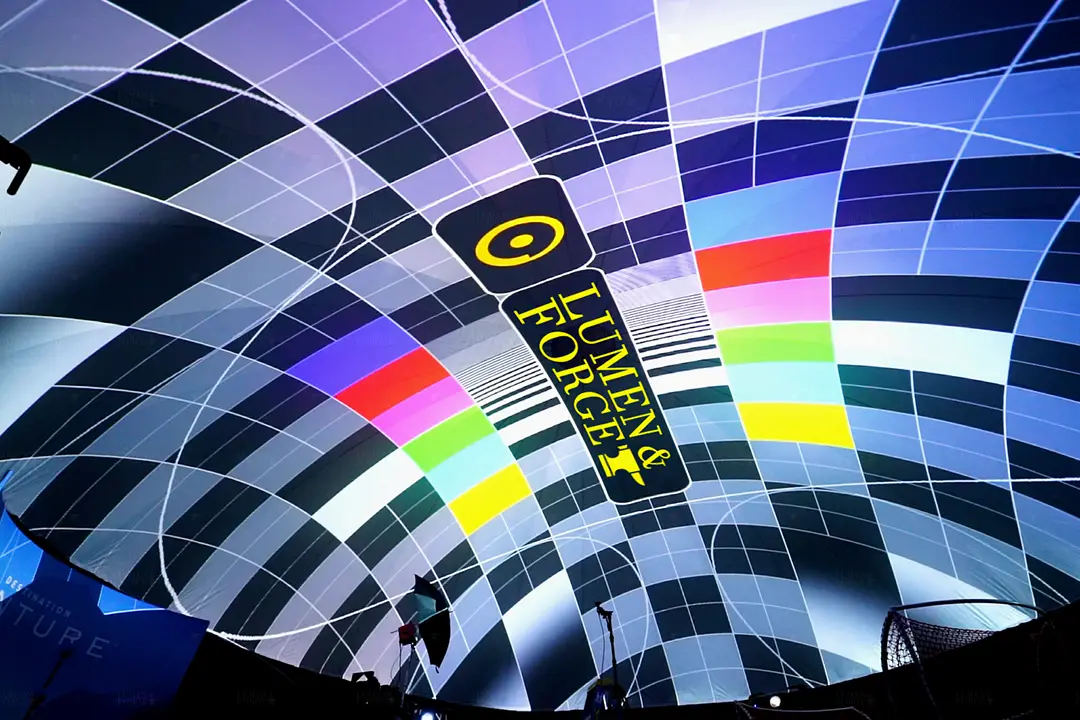
8. Practical Guidelines for Event Designers
- Define your goal first. Are you aiming to inform, inspire, or immerse? — Clarity favors LED; emotion favors projection.
- Assess the environment. Indoor vs outdoor, bright vs dark, large vs intimate — these factors often determine the viable technology before design even begins.
- Budget realistically. Factor in not just equipment cost but labor, rigging, power, and time. Projection mapping can be cost-effective for large-scale architecture, while LED scales linearly with area.
- Plan calibration time. Projection requires precise setup; LED is much faster — don’t rush it.
- Prioritize safety and maintenance. LEDs need stable power and structure; projectors need cooling and protection. It is always important to remember the surroundings.
- Design content for each medium. Avoid simply reusing the same visuals. Projection benefits from organic motion and environmental blending; LED benefits from contrast, sharp edges, and defined focal points.
- Color match and synchronize. When combining both mediums, balance brightness, white points, and timing to avoid visual dissonance.
- Prototype early. Use 3D previsualization tools to simulate how both will look together.
These are some principles that ensure that your chosen technology serves the story, not the other way around.
9. The Hybrid Future: Where Magic Meets Precision
We are entering an age where projection and LED are no longer rivals but collaborators. Many of the most stunning global events — from Olympic ceremonies to high-end immersive art already combine them. Projection extends the world beyond the screen; LED anchors it with clarity and structure. When they synchronize seamlessly, audiences can no longer distinguish where the real ends and the digital begins. The result is a new visual language, one that transcends technology and becomes pure experience.
Conclusion
So, which is better for events, projection mapping or LED walls?
The answer, of course, depends on what you want to achieve. Projection mapping is the art of transformation, ideal for spaces, stories, and emotions. LED walls are the art of precision, perfect for brightness, clarity, and control. Each has its place, and together they represent the full spectrum of immersive design.
If you want to move people to make them feel awe, wonder, and connection, use projection. If you want to impress them with power, energy, and technical brilliance, use LED. And if you want to do both to create experiences that transcend screens and transform reality, use both.
The future belongs not to one or the other, but to those who can weave them together. Projection mapping and LED walls are not competing technologies; they are complementary tools in the hands of the modern storyteller: light and pixel, illusion and information, heart and mind, working together to turn events into unforgettable experiences.












